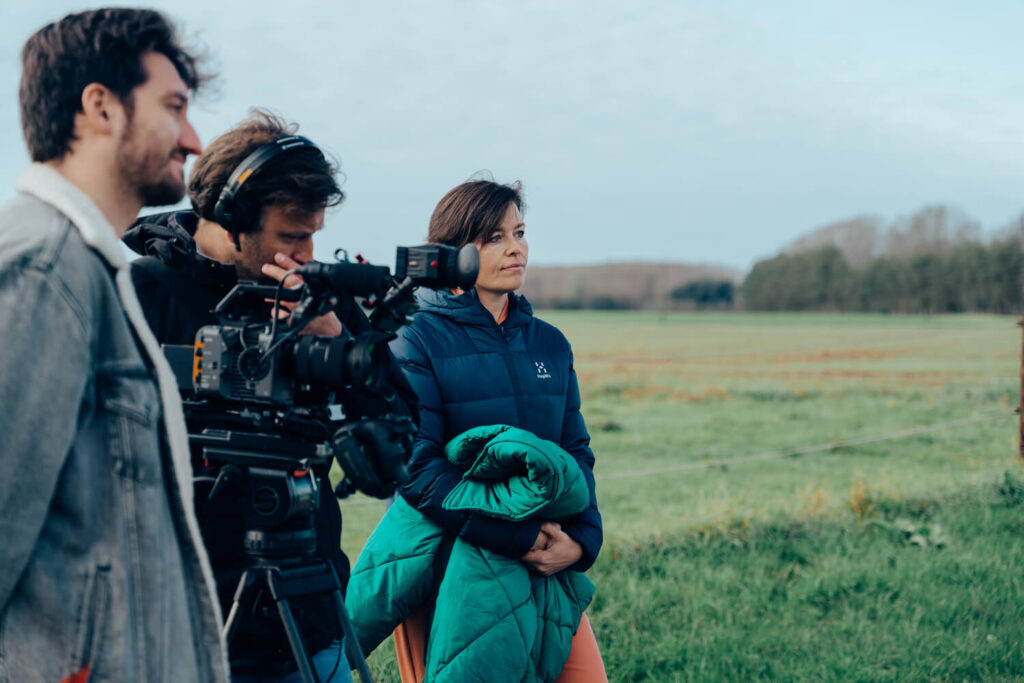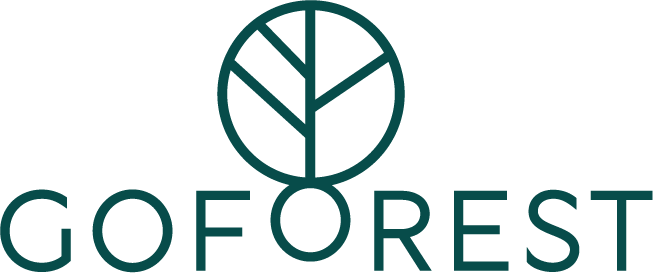It is a fact; we need more forest. It is also a fact that forests do not stop at national borders, but planting close to home ensures that you can fully enjoy nature. Not only organizations can plant forest, you as an individual can also do your part, but without guidance it can quickly become very complicated. Therefore, we thought it would be good to go through the different steps to plant your own forest. Finally, we also tell you how to obtain subsidies.

Step 1: The ground
Before you plant a forest, you obviously need a piece of land on which you will plant the trees. There are some conditions. First, you must be the owner of the land or at least have the owner’s agreement.
In addition, the land must be rent-free and there are also some conditions specific to each municipality.
Finally, the specific location and size of your plot also plays a role. To receive subsidies, the area must be at least 0.50 ha.
Step 2: Permits
To reforest a piece of land, you will need a permit from “the Mayor and Aldermen’s Office” and an opinion from “the Department of Agriculture and Fisheries.” Also note that any area or piece of land may belong to an exception. For example, the land may be located in “protected heritage area” where an additional permit must still be applied for.
Step 3: Planting plan
A planting plan is the first step to how your forest will effectively look. There are a lot of ways to build a good forest.
In addition, you will also have to choose which species to plant. Please note, there must be a minimum of 2 species present and from 1ha a minimum of 3 species. These rules are there to ensure that a forest is resilient, biodiverse, and does not go down with any pests. Choose tree species suitable for the site and purpose. Find out which trees thrive in the soil, climate, and light conditions at the site. Also consider the function of the tree (such as shade, ornamental value, or ecological importance).
Finally, you will also need to choose how and where exactly you will plant. Do you plant close together, in rows or in dense groups. It’s all possible.

Step 4: Grants
Earlier in this article we went over land, permits and the planting plan. Now a bit of financial support can also come in handy. We have already gone over some of the requirements, and here we list them all again:
- The area must be at least 0.50 ha to be eligible for subsidy.
- The surface area is determined by drawing (in Dutch: intekening), you can also check this yourself by using Google Maps or Geopunt.
- The land may only be reforested with native species.
- All species must be suitable for the location. Not every tree grows equally well in every location or soil. Therefore, it is important to choose the right species to achieve a more valuable forest.
- Up to 1 ha there should be at least 2 different species, from 1 ha there should be at least 3.
Would you like to know approximately how much subsidy you can get for your piece of land? Use the forest subsidy simulator.
Useful information can also be found on the website of Agentschap natuur en bos.
Step 5: Preparation
Chances are that your terrain has been neglected for some time. It may therefore be a good idea to make some preparations. Clear the soil of weeds and other vegetation in the location where the trees will be planted. If the soil does not contain enough nutrients, adding compost or organic fertilizer can help stimulate tree growth.
Step 6: Material
If planting can almost begin, different species can already be purchased. This is best done from a professional arborist who will recommend buying climate-resistant species. It is also best to buy trees between 80 and 120 cm high.

Step 7: Trees, trees, trees!
The most fun part can begin! Effective planting.
In general, there are two planting periods when it is best to plant trees: In the spring, in the months of March – April, or in the fall, in October – November. It is best to plant the trees when the leaves have fallen from the trees. The tree is then at rest and the energy of the tree goes to the thickness growth of the trunk and not to bud development or the production of new leaves.
When planting, also take the time to make sure your saplings and shrubs are protected from wildlife damage. Once they are somewhat larger, this protection can be removed.
Step 8: Follow-up
At Go Forest, we pay special attention to the follow-up of planted trees. In fact, without follow-up, most tree saplings would die in the first year, especially in colder climates. Take good care of the saplings and create a nature management plan.
Other ideas
Perhaps you and your company have a piece of land lying around that you would like to forest. In that case, you can call on companies such as Pocket Forest. They provide a mini forest near your company and a boost in biodiversity. Is your office in the middle of a city, but does your roof have some potential for greening? Then contact companies like EMC Greenroofs.








